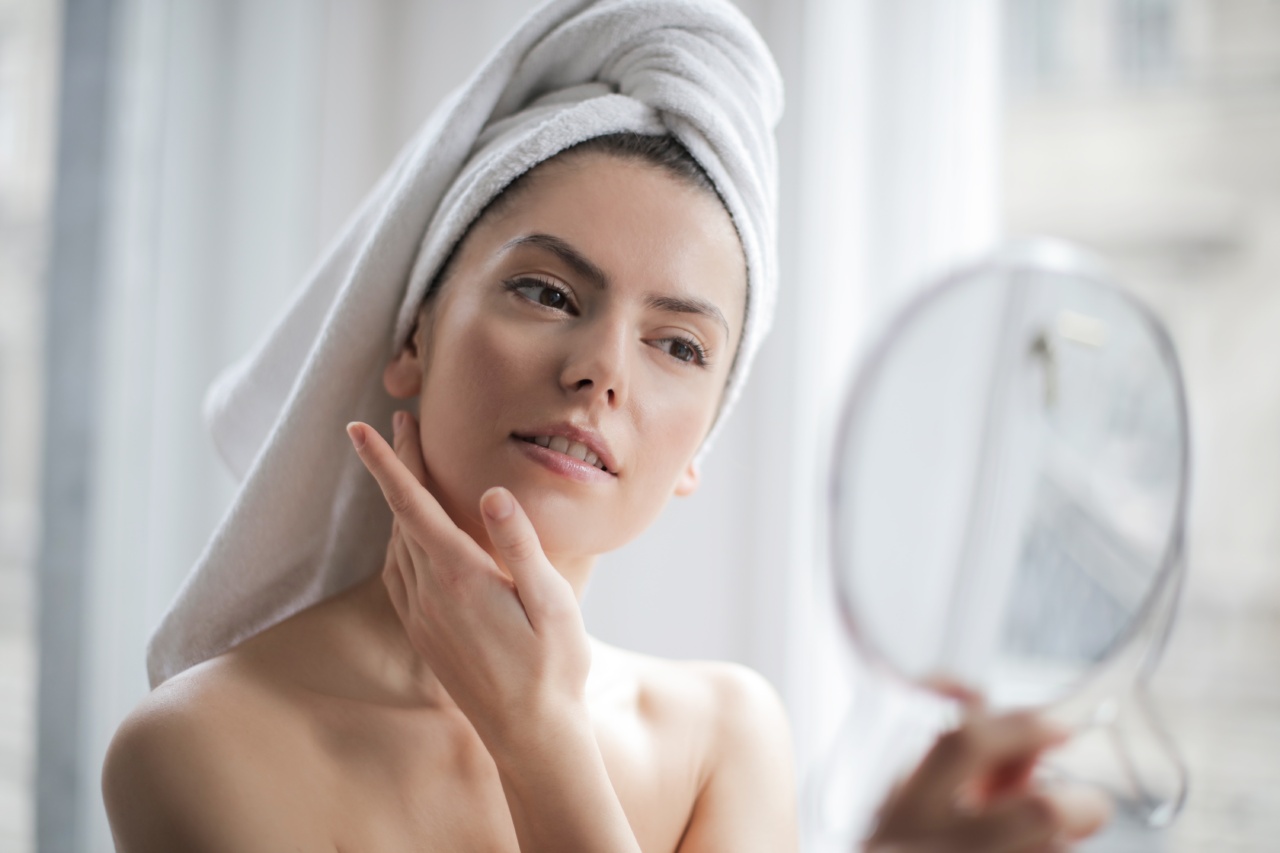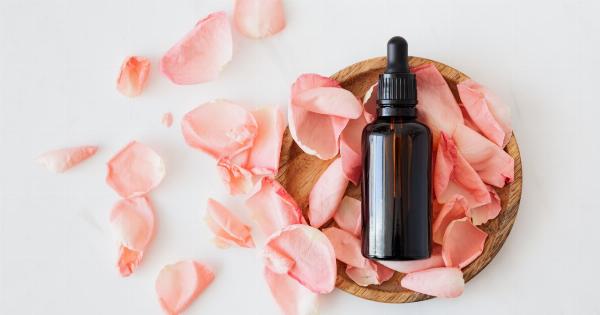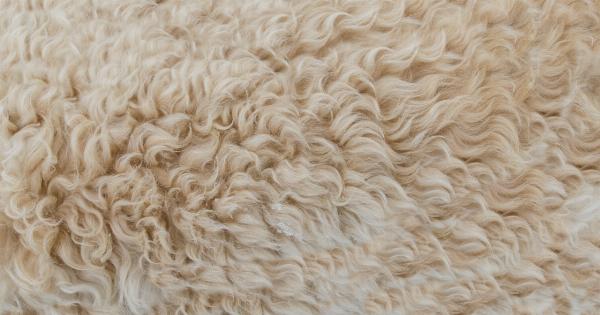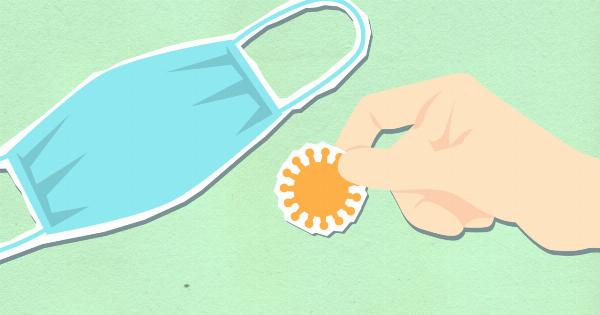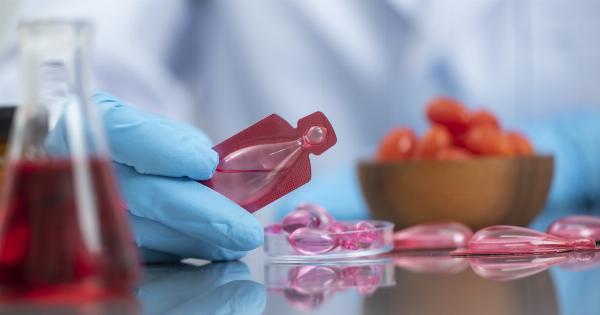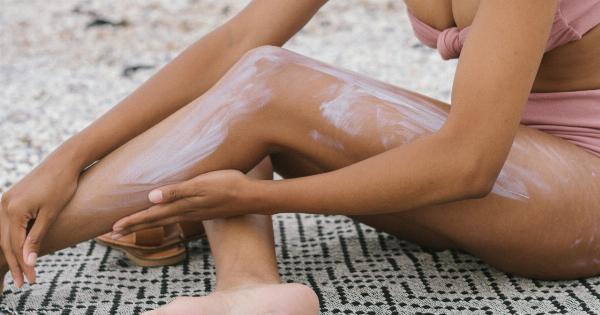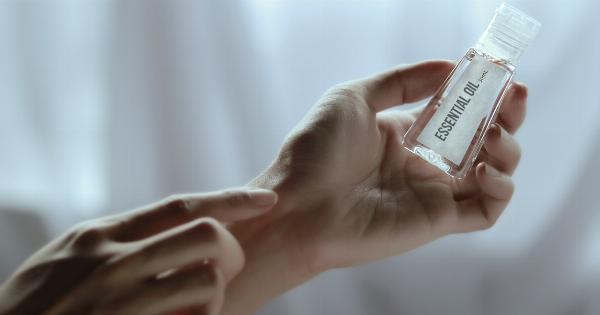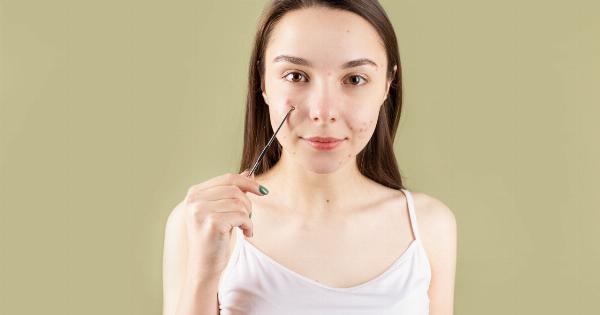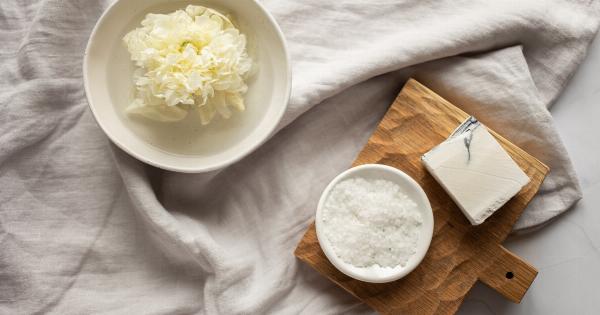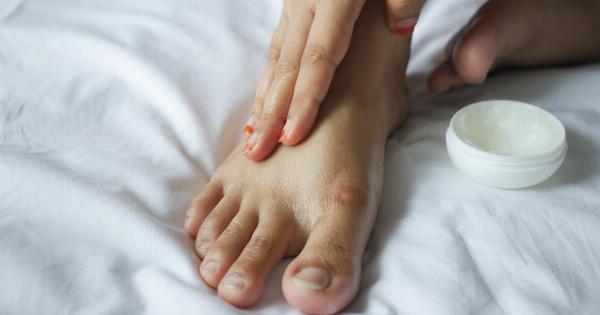Oily skin is usually a result of overactive sebaceous glands that produce excess sebum on the face. Moreover, the oil secretion on the face gets mixed with dirt, environmental pollutants, and makeup to clog your pores.
This then leads to acne, whiteheads, blackheads, and pimples.
If you have oily skin, you should not skip the cleansing routine. Cleansing helps to get rid of dirt, impurities, and excess oil from the skin’s surface.
It is important to note that many facial cleansers can cause irritation and inflammation to the skin. Therefore, it is vital to know how to choose the right products and ways to clean your oily skin effectively. The following tips will help you achieve clean and healthy skin.
Tip 1: Wash Your Face Twice a Day
Washing your face is important to keep the oil at bay and improve the appearance of your skin. When washing your face, use warm water and a gentle cleanser to get rid of the excess oil, dirt, and makeup.
It is advisable to clean your face twice a day- morning and night. Avoid over-washing your face because it will only make the situation worse.
Tip 2: Use a Gel or Foaming Cleanser
Gel or foaming facial cleansers are effective for oily skin because they help to remove excess oil without over-drying the skin. Look for products containing salicylic acid, glycolic acid, or benzoyl peroxide.
Choose a product that is suitable for oily skin and does not contain harsh ingredients that can cause irritation.
Tip 3: Use Warm Water
Use warm water to wash your face to dissolve the oil and dirt on your skin. Hot water can be too harsh and remove the natural oil from your skin, leaving it dry and flaky.
Cold water, on the other hand, does not dissolve oil and may not be effective at removing impurities.
Tip 4: Exfoliate
Exfoliating twice a week is an effective way to get rid of dead skin cells and unclog pores. Using a mild exfoliant can help prevent acne and promote clearer skin. Avoid using harsh scrubs that can cause skin irritation and inflammation.
Instead, use a gentle exfoliant that contains alpha-hydroxy acids or beta-hydroxy acids. These acids help to remove the outermost layer of skin cells and unclog pores.
Tip 5: Use Toner
A toner is an essential part of any skincare routine. It helps to restore the skin’s pH balance, remove excess oil and dirt, and prepare the skin for moisturizer.
Choose a toner that is alcohol-free and contains ingredients such as witch hazel or tea tree oil that help to unclog pores and reduce inflammation.
Tip 6: Avoid Heavy Products
Avoid using heavy moisturizers, foundations, and creams that can clog your pores and cause breakouts. Instead, choose oil-free products that are specifically designed for oily skin.
Look for products that are labeled as non-comedogenic, meaning they do not block pores.
Tip 7: Don’t Touch Your Face
Touching your face with your hands can transfer bacteria and dirt to the skin, which can lead to breakouts. Avoid touching your face and avoid resting your face on your hands or phone, which can also transfer bacteria to your skin.
Tip 8: Use Oil Absorbing Sheets
If you have oily skin, oil-absorbing sheets can be helpful to remove excess oil from your face throughout the day. Simply place the sheet over your face and press it against your skin for a few seconds to absorb the oil.
Tip 9: Follow a Healthy Diet
What you eat can affect your skin. A diet high in sugar, dairy, and processed foods can trigger acne and oily skin. Instead, follow a healthy diet that is rich in fruits, vegetables, and lean protein.
Drink plenty of water to keep your skin hydrated and promote healthy skin.
Tip 10: Consult a Dermatologist
If you have severe oily skin and acne that is not responding to over-the-counter products, consult a dermatologist. A dermatologist can recommend specialized treatments that can help to reduce the oil and improve the appearance of your skin.
